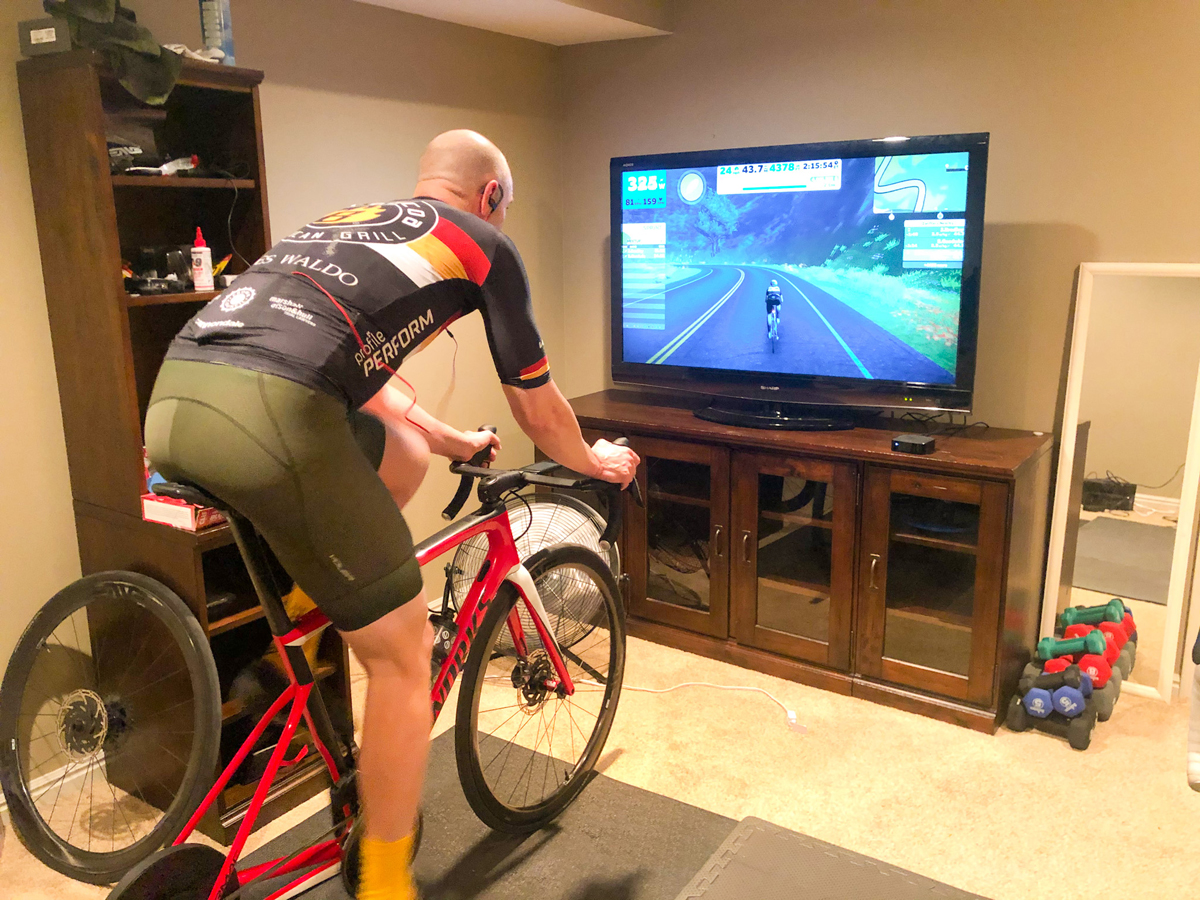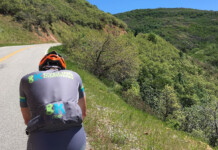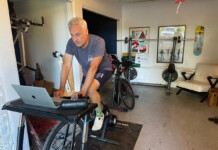By Sarah Kaufmann — If you have big spring and summer bike goals, winter is an important time to focus on training volume. This isn’t optimal when it’s cold, dark, and snowy. But if you are flexible with other sports, you can use non-bike activities that are more enjoyable in the winter to fill that volume. Without immediate racing to come, the specificity of pedal strokes becomes less important. The goal is more general aerobic conditioning and you do not need to pedal for that. Running, snowshoeing, ski touring, and swimming are just a few options that are fun in the cold and snow or, in the case of swimming, are done indoors. This helps stave off burnout – it is refreshing to mix in some new activities after months of riding. Riding the indoor trainer or bundling up and riding outside are options but they both take more mental energy than a comfortable ride outside in shorts and short sleeves in the summer.

That said, with big goals for the cycling race season, you will need to do some work on the trainer or be able to do some high-quality intervals during the winter. But you can use other sports for the longer, lower intensity training, and more general conditioning training. For example, if you decide to mix in some running, focus on increasing your run duration. (Be careful! Running is hard on your body. You will be sore, and you will be susceptible to injury so increase your mileage slowly). Keep the focus off your run pace, we are not after speed. Shoot to increase your running duration to about one third to half of the duration of a typical long ride.
During the summer months, most of us can find a clear, extended climb or flat section to perform high quality intervals. During the winter, this is tougher. Road shoulders have snow, ice, salt, and dirt and the shoulders are narrower, so your margin of error is smaller with vehicles. Light is lower and the daylight hours are shorter. Add to that, if your extended climbing is up a canyon (like it usually is here in Salt Lake), it gets cold quickly. Furthermore, if you are being less specific with your volume, you will want to be VERY specific with your on-the-bike training. With road quality compromised, your best bet for high quality intervals will be on the indoor trainer. Riding on the trainer is very condensed riding. You never coast, you never descend, you never run into intersections or anything to slow you down, you pedal constantly. You can shorten your recovery intervals and you can do a lot of work in a little time. Do your high-quality interval sessions on the trainer.
Do some longer outside rides where you can stick to a flat to rolling route and avoid big temperature changes and dangerous road conditions. Use other sports strategically to develop your aerobic engine. And get on the trainer for your most specific work.
Sarah Kaufmann is the owner of K Cycling Coaching. She is an elite level XC and CX racer for the DNA Pro Cycling Team. She is based in Salt Lake City, UT and can be reached at sarah@kcyclingcoaching.com or 413.522.3180.








